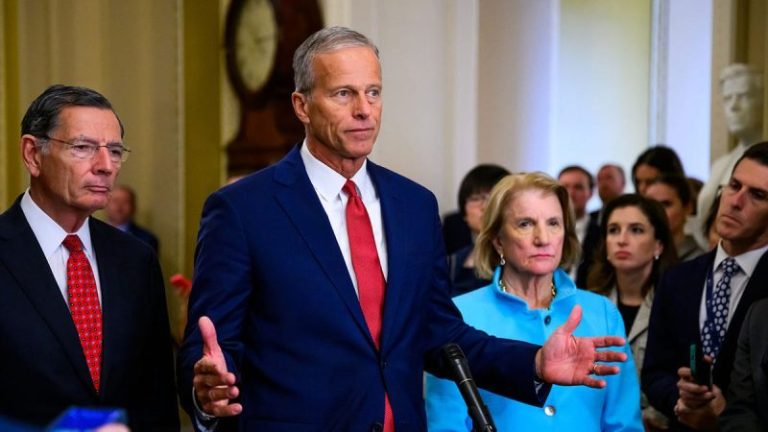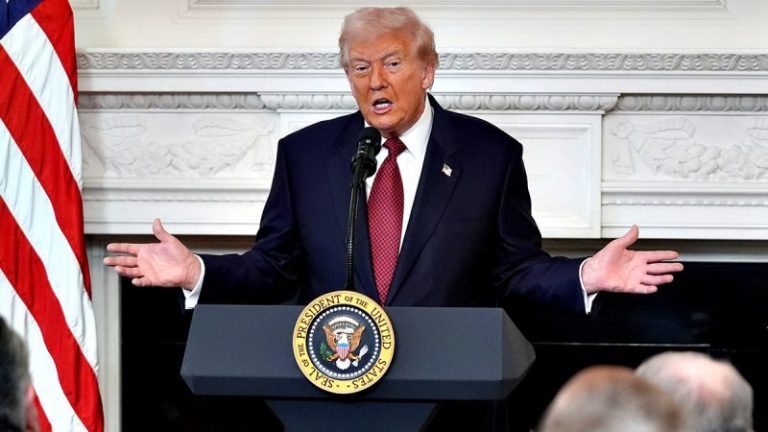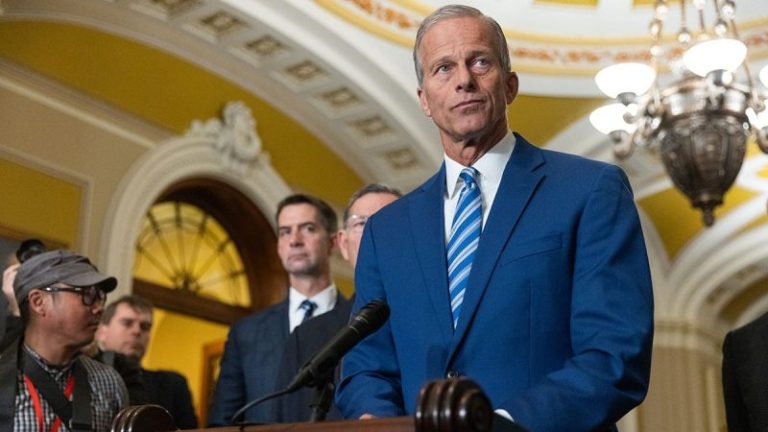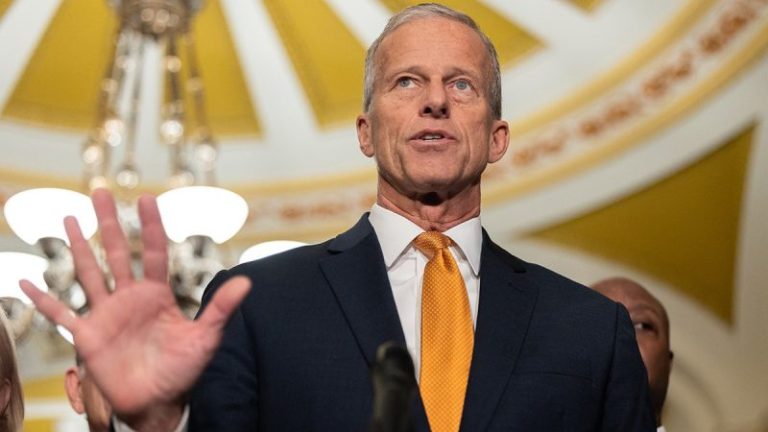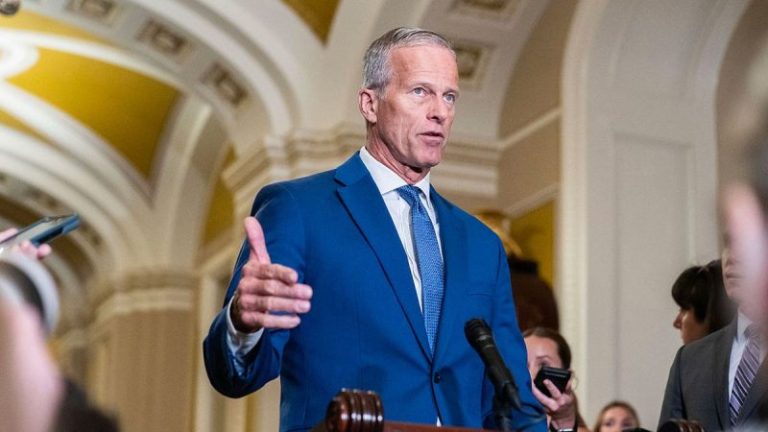There are now enough Senate Democrats willing to back a revamped plan to reopen the government.
A source familiar with the newly-unveiled plan told Fox News Digital that there are enough Senate Democrats ready to join Republicans for a key vote Sunday night as Congress readies to reopen the government.
The latest development comes after an updated continuing resolution was revealed that would reopen the government until Jan. 30, 2026, reverse firings of furloughed workers carried out by the Trump administration and ensure that furloughed workers get back pay.
Senate Appropriations Chair Susan Collins, R-Maine, led the bipartisan deal, but a trio of Democratic caucus members, Sens. Angus King, I-Maine, Jeanne Shaheen, D-N.H., and Maggie Hassan, D-N.H., proved crucial in striking a way forward.
Lawmakers are expected to take the first of a trio of votes on reopening the government later Sunday night. But it will require action from the House before the closure is officially ended.
Earlier in the day, Senate Republicans unveiled another crucial piece of the puzzle in their bid to reopen the government and plan to plow ahead with a vote on Sunday.
While both sides still appear at an impasse on extending expiring Obamacare subsidies, appropriators moved ahead with a package of spending bills that Republicans hope will jumpstart the government funding process, and lead to an end to the 40-day government shutdown.
The Senate Appropriations Committee released the three-bill spending package, known as a minibus, Sunday afternoon. Lawmakers are still waiting on text for an updated continuing resolution (CR), that, if passed, is expected to reopen the government until late January.
It includes legislation that would fund military construction and the VA, the legislative branch and agriculture and the Food and Drug Administration.
Senate Republicans view the package as a sweetener that they hope attracts enough Senate Democrats to break through the logjam and move toward reopening the government. And given that the minibus is a largely bipartisan product, lawmakers believe it could succeed.
Senate Majority Leader John Thune, R-S.D., made clear in the last few days that he would not put a bill on the floor that did not have the votes to pass after spending several weeks daring Senate Democrats to vote against the original House-passed continuing resolution (CR).
‘There’s going to be something to vote on, let’s put it that way,’ Thune said.
Still, the package does not include a deal on Senate Democrats’ chief demand throughout the government shutdown to extend expiring Obamacare subsidies.
Thune has promised Senate Minority Leader Chuck Schumer, D-N.Y., and his caucus a vote on the expiring subsidies after the government reopens. And for several weeks, Senate Democrats said that was not enough to assuage the concerns.
Senate Democrats are expected to huddle Saturday night before a likely vote to plot a path forward. If Schumer and his caucus agree to the deal, they would effectively be caving from their deeply-entrenched position that has seen the government shutdown stretch over a month.
Lawmakers will now have time to read over the bills, with a vote expected later Sunday evening.
But, it’s just the first step in what could be a long and drawn-out process. First, Thune will tee up the original House-passed CR for a vote, which lawmakers view as the vehicle to attach the minibus and updated CR to.
Then there will be two more votes before the package advances from the Senate. Then, it will have to go back to the House before making its way to President Donald Trump’s desk.
Schumer and his caucus could still apply pain on the process, too, through procedural hurdles. And despite rumblings of some in the caucus ready to break ranks, some Republicans aren’t too optimistic that this will be an easy process.
‘I don’t expect anything from the Democrats,’ Sen. Markwayne Mullin, R-Okla., said. ‘At this point, their demands have been so ridiculous, I don’t know what they’re going to do, and at this point, I frankly, don’t give a crap.’

